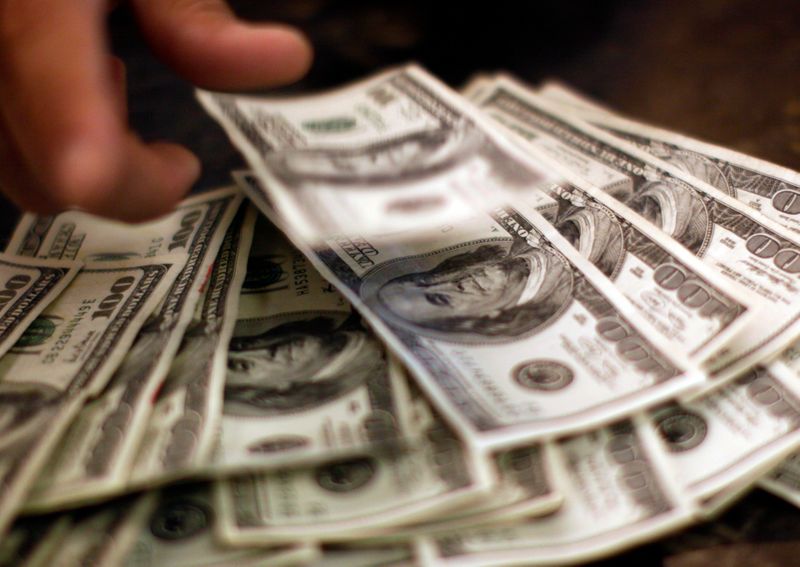
The Japanese yen was among the worst performers for the day, retreating amid pressure from the dollar and as traders priced in no changes to interest rates by the Bank of Japan later this week.
Broader Asian currencies were muted tracking mixed signals from the Fed.
The dollar index and dollar index futures both rose about 0.4% in Asian trade, extending overnight gains.
Strength in the greenback came even as the Fed cut its benchmark rate by 50 basis points– the higher end of market expectations- to a range of 4.75% to 5%.
Fed Chair Jerome Powell said that risks between higher inflation and more labor market weakness were now evenly balanced, and that the central bank was likely to cut rates further amid growing confidence that inflation will fall.
But Powell also said that the bank had no intention of returning to an ultra-low rate regime as seen during the pandemic, and that the Fed’s neutral rate will now be much higher than seen in the past.
While traders were still pricing in at least 125 bps worth of cuts by end-2024, Powell’s comments spurred expectations that rates will be higher than initially expected in the medium and long term.
This notion pressured most Asian currencies.
The Japanese yen’s USDJPY pair rose 0.6% to 143.12 yen and was among the worst performers in Asia.
The currency was pressured by strength in the dollar, while traders also positioned for no changes to local interest rates after a BOJ meeting on Friday.
The central bank is widely expected to keep rates unchanged, but could still signal future rate hikes on an elevated outlook for inflation. Japanese consumer inflation is also due on Friday.
Broader Asian currencies were mostly mixed. The Australian dollar’s AUDUSD pair rose 0.4%, buoyed by a stronger-than-expected reading on the labor market in August.
Strength in the labor market gives the Reserve Bank of Australia more headroom to keep rates high for longer, which it is more inclined to do amid signs of sticky inflation in the country.
The Chinese yuan’s USDCNY pair reversed early gains to trade sideways, with focus squarely on a loan prime rate decision by the People’s Bank on Friday. The central bank is expected to leave the LPR unchanged.
The South Korean won’s USDKRW pair jumped 1% as local trade resumed after three days of holidays. The country’s trade balance shrank slightly in August.
The Indian rupee’s USDINR pair was flat, but moved further away from the 84 rupee level. The Singapore dollar’s USDSGD pair was flat.
To read the full article, Click Here
